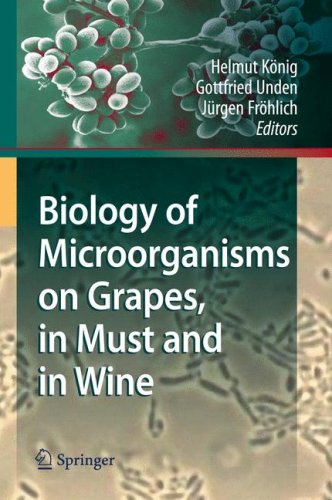

Most ebook files are in PDF format, so you can easily read them using various software such as Foxit Reader or directly on the Google Chrome browser.
Some ebook files are released by publishers in other formats such as .awz, .mobi, .epub, .fb2, etc. You may need to install specific software to read these formats on mobile/PC, such as Calibre.
Please read the tutorial at this link: https://ebookbell.com/faq
We offer FREE conversion to the popular formats you request; however, this may take some time. Therefore, right after payment, please email us, and we will try to provide the service as quickly as possible.
For some exceptional file formats or broken links (if any), please refrain from opening any disputes. Instead, email us first, and we will try to assist within a maximum of 6 hours.
EbookBell Team

4.8
14 reviewsThe ancient beverage wine is the result of the fermentation of grape must. This n- urally and fairly stable product has been and is being used by many human societies as a common or enjoyable beverage, as an important means to improve the quality of drinking water in historical times, as therapeutical agent, and as a religious symbol. During the last centuries, wine has become an object of scientific interest. In this respect different periods may be observed. At first, simple observations were recorded, and subsequently, the chemical basis and the involvement of microorg- isms were elucidated. At a later stage, the scientific work led to the analysis of the many minor and trace compounds in wine, the detection and understanding of the biochemical reactions and processes, the diversity of microorganisms involved, and the range of their various activities. In recent years, the focus shifted to the genetic basis of the microorganisms and the molecular aspects of the cells, including metabolism, membrane transport, and regulation. These different stages of wine research were determined by the scientific methods that were known and available at the respective time. The recent “molecular” approach is based on the analysis of the genetic code and has led to significant results that were not even imaginable a few decades ago. This new wealth of information is being presented in the Biology of Microorganisms on Grapes, in Must, and in Wine.